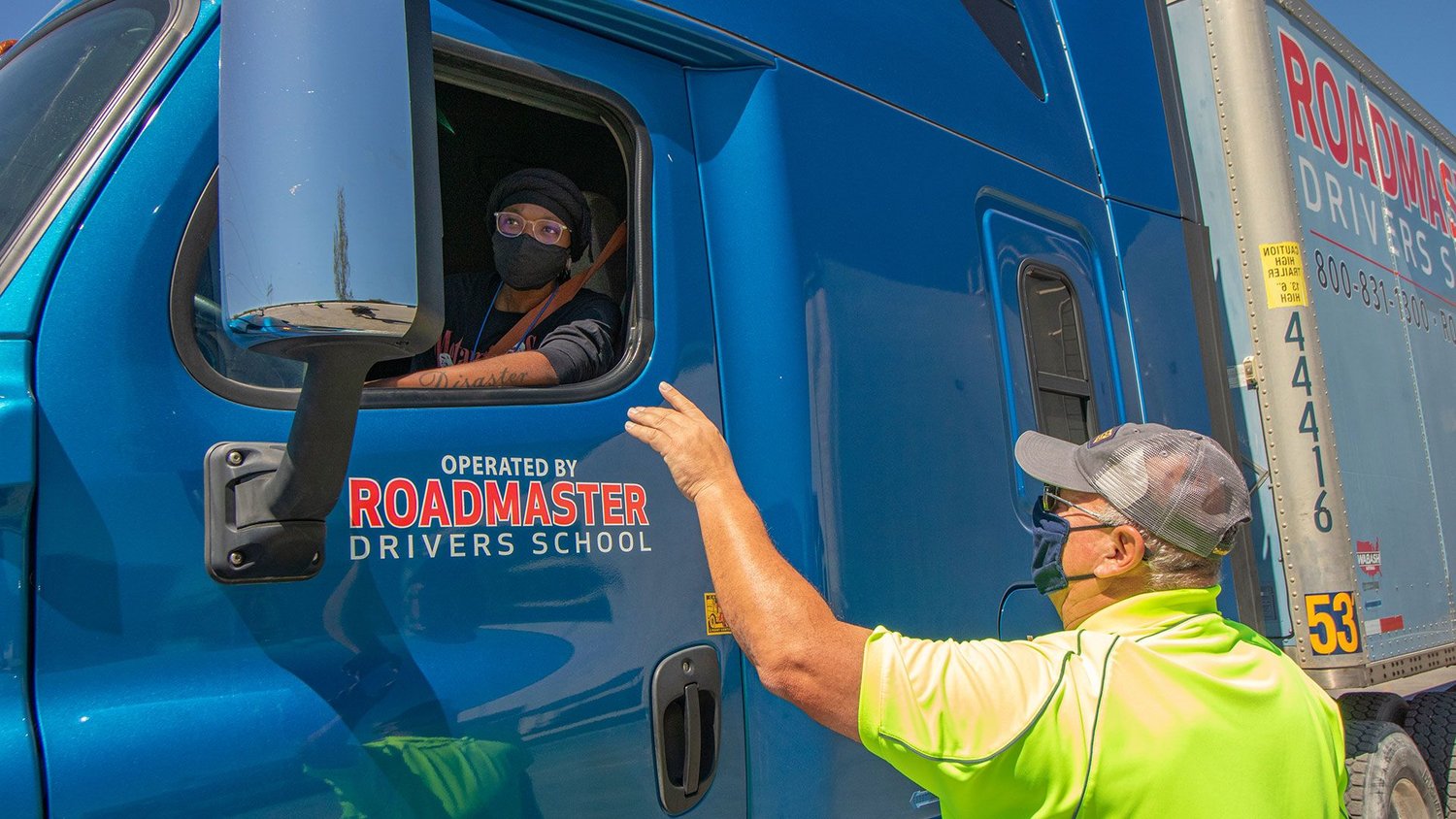
Chaos erupted when the Colonial Pipeline shut down last month, temporarily suspending fuel supply on the east coast. But the drama we saw then was just a glimpse of something worse to come, though for unrelated reasons.
The U.S. has weathered fuel shortages before. In 1973 and again in 1979, tensions with foreign nations and internal strife in the Middle East strangled supply chains and inflated gas prices to before-unseen levels. We saw something similar, though less severe, in the mid-2000s.
But the country’s gas industry is facing a new systemic shortcoming, a different kind of shortage, that threatens to squeeze supply for years to come: there aren’t enough drivers to deliver fuel.
“Fuel shortages have never been tied to drivers,” said Brad Ball, president of Roadmaster Drivers School. “Fuel shortages were tied to foreign countries or some other types of supply-related issues. But it was never tied to drivers, and now it is.”
Roadmaster Drivers School is a national training organization for truckers based in St. Petersburg, Florida. More than 100,000 graduates have learned the trucking trade through the organization’s 15 regional training facilities. One of the company’s smaller operations in Dunn, in Harnett County about 52 miles northeast of Pittsboro, has graduated several Chathamites.
Ball has been with Roadmaster from the start, more than 25 years ago. The industry has had its ups and downs in the past, he said, but never has the driver pool shrunk as dramatically as in the last year.
“The shortage of drivers is becoming pretty intense,” Ball told me, “and I haven’t had this many phone calls on a daily basis from shippers and trucking companies looking for drivers ever. Literally every single day I have several calls from people trying to figure out how to get more drivers.”
In 2019, the U.S. Bureau of Labor Statistics reported an impending shortfall of 65,700 drivers for 2020 as the average trucker approached retirement age. Then COVID-19 hastened a mass exodus.
“The average age of a truck driver is about 50 years old,” Ball said, “so a lot of drivers are retiring. And the rate at which drivers are retiring is just basically exceeding the demand.”
Tightening restrictions from federal agencies have also pruned the driver pool. In 2020, new standards and enhanced record-keeping forced about 50,000 truckers out of the business. Using the Drug & Alcohol Clearinghouse, an online database under the U.S. Dept. of Transportation, prospective employers could see when drivers failed drug and sobriety tests at previous companies.
“If they failed at one truck trucking company, they used to be able to just basically go to another trucking company and pass a drug test,” Ball said. “They can’t do that anymore because the results are sent to the database.”
Of course, no one wants impaired drivers operating 18-wheelers and tanker trucks, but the problem remains: there just aren’t enough qualified drivers to meet exploding demand, and the problem is only getting worse. Some national tank truck carriers estimate 25% of the industry’s vehicles might sit idle through the summer, as first reported by ABC 13.
“When demand was increasing, supply was being severely pinched, and here we are with a more severe shortage than we’ve had in a long, long time,” Ball said. “And basically, it’s expected that the demand for drivers will outpace supply for the foreseeable future, maybe the next 10 years.”
A fuel shortage may be the first and most radical result of a depleted national trucking industry, but it won’t be the only commodity to suffer accelerated price inflation. Almost everything from retail goods to food supplies spend some time on a truck before reaching their destination.
“At the start of the pandemic, people weren’t really spending money on travel and sporting events and everything else, so the effects were muted,” Ball said. “Come May, June, though, they started buying goods, and e-commerce exploded. Everything in your house moves by truck. So all of a sudden, trucking exploded in the summer of 2020, and at the same time truck driving schools across the country were closed down.”
Under normal circumstances, Roadmaster schools might enroll about 15 students at a time for its four-week trucking courses, although capacity varies between locations. With pandemic restrictions, operations were briefly shuttered before reopening at limited capacity.
“We could only produce about 60% of the students that we have previously been able to produce,” Ball said, “and that goes for all schools across the country.”
To combat the driver shortage, Roadmaster plans to open about five new facilities by end of year. Demand is “through the roof,” Ball said, “so we can’t grow fast enough right now to take advantage of it.”
But more schools won’t fix the problem — not fast enough, anyway.
“I mean, you still won’t have enough drivers to drive your trucks, so you have to pay people more,” Ball said. “And that ends up meaning that you have to charge people more for your product, if you can even get it where it needs to go. And that’s what’s happening across the board is all the trucking companies in the country are increasing pay for drivers. So if it costs them more to move product, it’s ultimately costing more to the consumer.”
To learn more about Roadmaster Drivers School, visit roadmaster.com. Tuition across all locations costs $6,995 and sees most students through testing for their CDL license. Enrollment requires minimal education, but applicants must submit to a background check and interview process. Average starting pay for graduates is about $50,000, according to Ball.
Have an idea for what Chatham business topics I should write about? Send me a note at dldolder@chathamnr.com or on Twitter @dldolder.